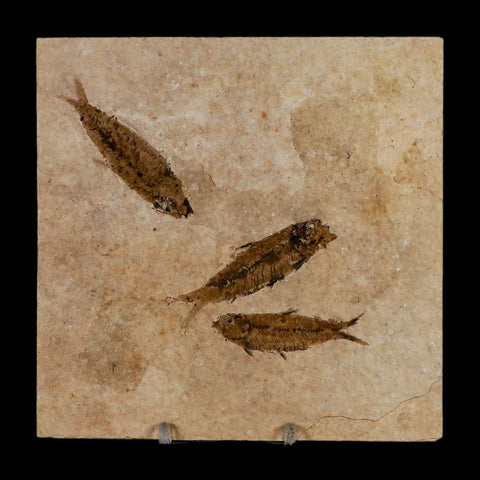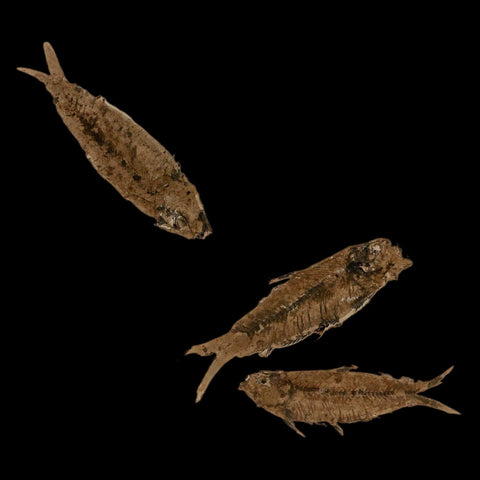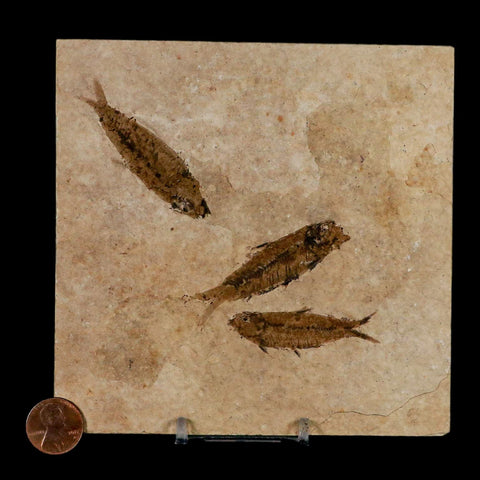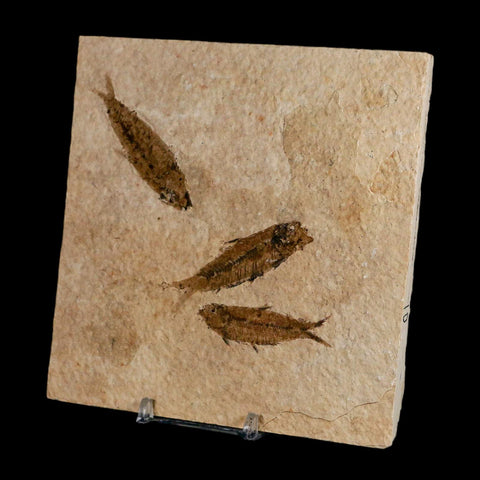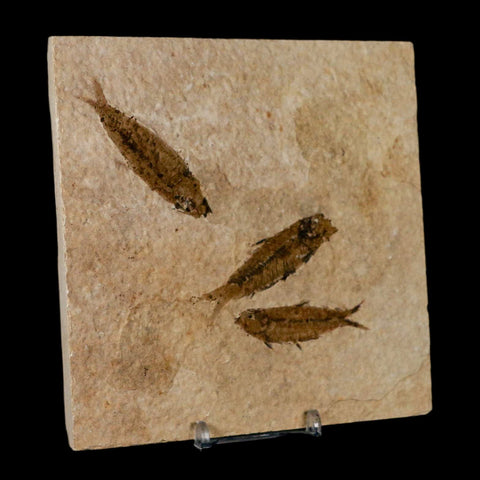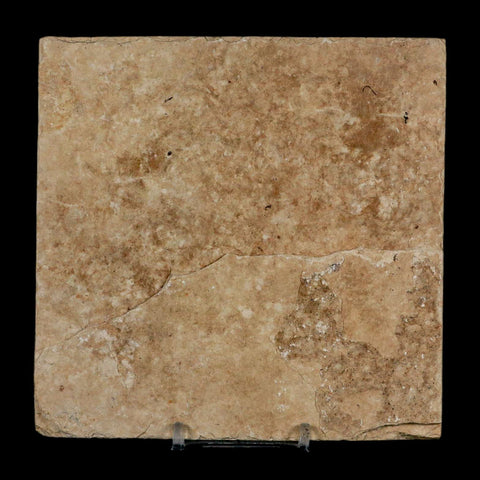3 Three Knightia Eocaena Fossil Fish Green River FM Wyoming Eocene Age COA & Stand
Location: Kemmerer, Wyoming
Weight: 9.9 Ounces
Dimensions: 5.1 Inches Long, 5.1 Inches Wide, 0.3 Inches Thick (Plate)
Fish One Dimensions: 2.3 Inches Long, 0.6 Inches Wide
Fish Two Dimensions: 2.2 Inches Long, 0.7 Inches Wide
Fish Three Dimensions: 1.9 Inches Long, 0.6 Inches Wide
Comes with a Certificate of Authenticity.
Comes with a Free Stand.
The item pictured is the one you will receive.
50 million years old, Eocene age
Knightia Eocaena is the most common fish in Fossil Lake and may be the most commonly articulated vertebrate fossil in the world. It is Wyoming's State Fossil. Length: up to 25 cm (10 in).
Around fifty million years ago, Fossil Lake spread across what is now southwest Wyoming. While the lake once covered up to 930 square miles, approximately 500 square miles of sediment remain today. The central 230 square miles harbor exceptionally fossil-rich layers that preserve ancient deltas, beaches, springs, and various aquatic habitats. Unique chemical conditions inhibited decay and scavenging, allowing delicate fossils to be preserved within thin, alternating limestone layers. These laminated limestones hold the world’s densest assemblage of fossil fish, providing an unparalleled window into the freshwater ecosystems of the Paleogene era.
Since their discovery in the 1870s, countless flawlessly preserved fossil fish have been uncovered, offering a remarkable glimpse into a complete aquatic ecosystem. These fossils, found in laminated limestone, include cyanobacteria, plants, insects, and crustaceans like shrimp and crawfish, along with amphibians, alligators, turtles, birds, and mammals—including the oldest known pantolestid, a fascinating otter-like creature. The lush subtropical land around the lake is also captured through rare fossils of horses, snakes, lizards, bats, birds, and unique species like the arboreal insectivore apatemyid and primitive carnivore miacoid, plus over 325 types of leaves, seeds, and flowers. This collection truly represents an extraordinary natural treasure worth exploring.



